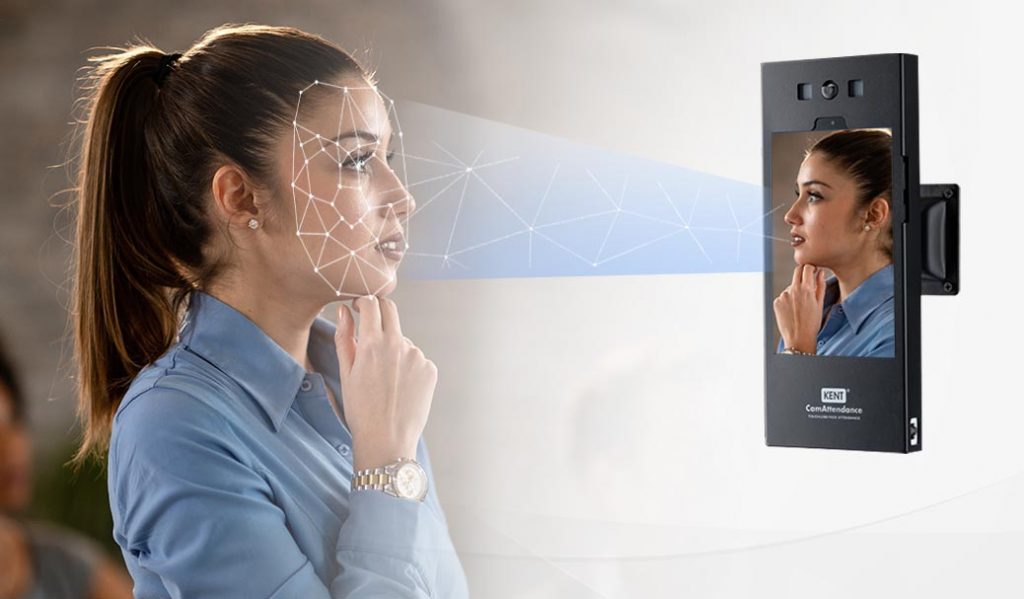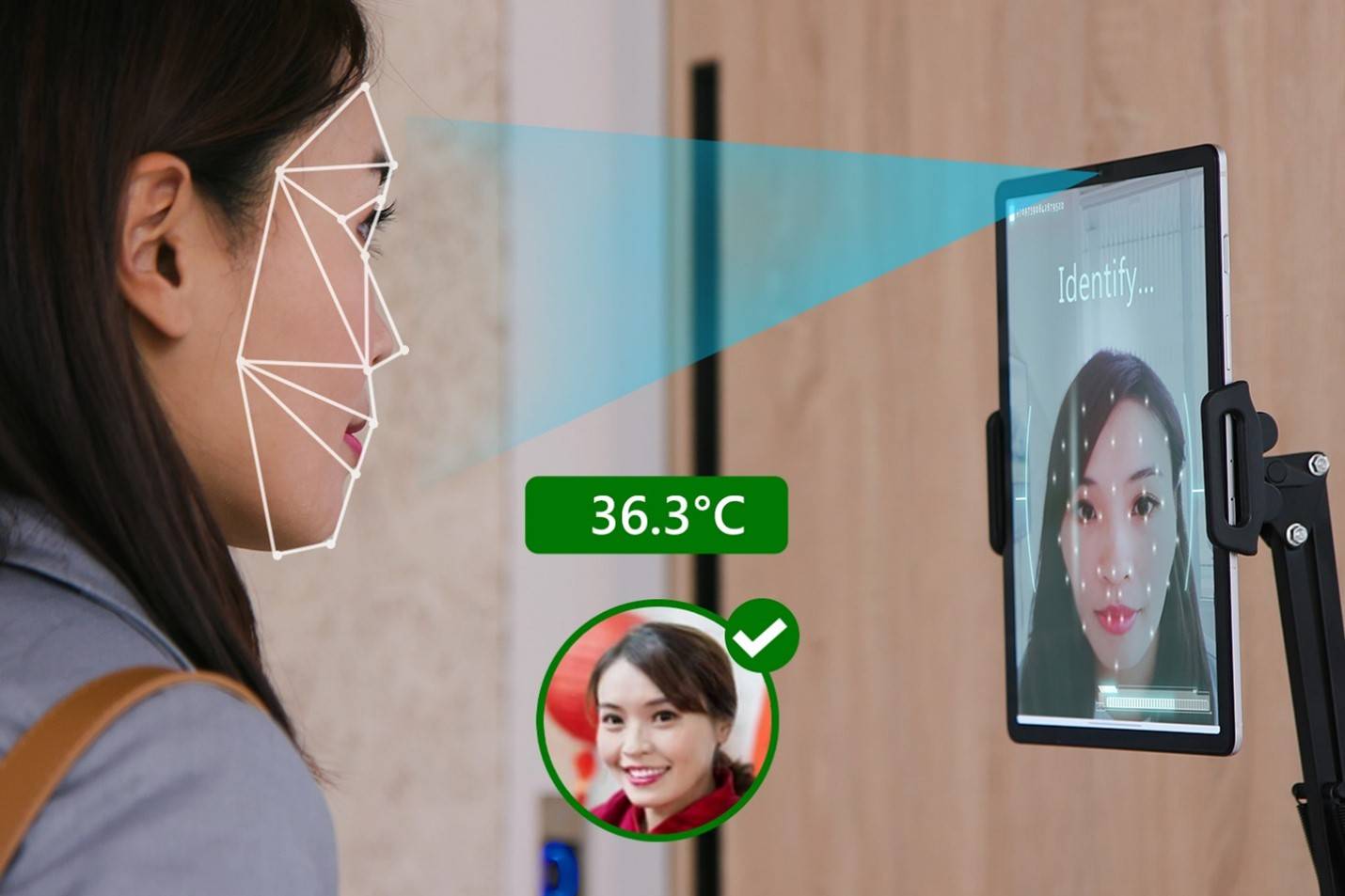Face Recognition System for Attendance is a technology that uses facial recognition to track and manage attendance of individuals. This advanced system identifies individuals by analyzing and comparing their facial features with stored data.
It efficiently automates attendance tracking and ensures accurate and reliable data. By eliminating the need for traditional methods like swipe cards or biometric fingerprint scanners, it offers a convenient and secure way to monitor attendance. With its ability to quickly and accurately recognize individuals, the face recognition system enhances efficiency and saves time for both the employees and the management.
As organizations seek modern and efficient attendance management solutions, the adoption of face recognition systems continues to gain momentum in various industries.
Exploring The Concept Of Face Recognition For Attendance
In today’s fast-paced world, organizations are continually seeking innovative solutions to streamline their workflows and increase operational efficiency. One such technology that has gained immense popularity is the implementation of face recognition systems for attendance tracking. This cutting-edge approach offers a convenient, secure, and accurate method of monitoring employee attendance, ultimately revolutionizing traditional time-tracking methods.
Introduction To Face Recognition Technology
Face recognition technology utilizes sophisticated algorithms to identify and verify individuals based on their unique facial features. By capturing and analyzing facial patterns, this system generates a digital representation of a person’s face, commonly known as a face print. When an individual seeks to mark their attendance, the system compares their current facial features with the stored template, granting access if the match is confirmed. This advanced biometric approach eliminates the need for physical identifiers such as ID cards or passwords, offering a seamless and efficient attendance tracking solution.
Advantages Of Using Face Recognition For Attendance Tracking
Embracing face recognition for attendance purposes presents a myriad of benefits for organizations. Firstly, it enhances security and eliminates fraudulent activities, as each employee’s attendance is directly linked to their unique facial characteristics. Moreover, this technology fosters a touchless and hygienic environment, particularly significant in the context of stringent health and safety measures. Additionally, face recognition systems offer real-time tracking, enabling instant updates on employee attendance, and effectively reducing the margin for errors and discrepancies. This automated process streamlines administrative tasks, freeing up valuable time for HR personnel to focus on more strategic initiatives.
How Face Recognition Systems Work
Face recognition systems for attendance have emerged as a powerful tool for accurately tracking and managing employee arrival and departure. These systems utilize advanced technology to analyze an individual’s facial features and match them with pre-existing data to confirm their identity. Understanding how face recognition systems work is crucial to appreciating their potential impact on attendance management.
The Science Behind Facial Recognition
Facial recognition technology relies on the distinctiveness of facial features and the ability to distinguish between different individuals based on these unique characteristics. By utilizing a combination of algorithms and machine learning models, face recognition systems create a digital representation of a person’s face, known as a “face template.” This template is then compared with stored templates in the system’s database to identify a match.
Components And Process Of A Face Recognition System
Key components of a face recognition system include high-resolution cameras, infrared sensors, and a powerful processor to capture and process facial images. The process begins with the acquisition of the facial image, followed by detection and alignment of key facial landmarks. Subsequently, features such as distance between the eyes, shape of the nose, and positioning of the mouth are analyzed to create a unique template for each individual.
Implementation Of A Face Recognition System For Attendance
Ensuring data privacy and security in face recognition technology

Credit: www.kentcam.com
Challenges And Future Prospects
Face recognition systems for attendance have revolutionized traditional methods of tracking employee or student attendance. While these systems offer numerous advantages, they also present a set of challenges along with promising future prospects.
Limitations And Challenges Faced In Face Recognition For Attendance
Implementing face recognition systems for attendance is not without its limitations and challenges. One of the primary concerns is the need for high-quality cameras and lighting conditions to ensure accurate recognition. In addition, factors such as occlusions, facial expressions, and variations in poses can pose challenges to the system’s accuracy. Furthermore, issues related to privacy and data security must be carefully addressed to ensure compliance with regulatory requirements.
Future Developments And Advancements In Face Recognition Technology
The continuous evolution of face recognition technology holds immense promise for future developments. Advancements in machine learning, artificial intelligence, and computer vision are expected to enhance the accuracy and reliability of face recognition systems for attendance. Addressing the limitations, future systems may integrate multi-modal biometric approaches and deep learning algorithms to improve recognition performance even in challenging conditions. Moreover, the integration of 3D face recognition and liveness detection could further enhance security and reliability.
Frequently Asked Questions For What Is A Face Recognition System For Attendance?
How Does The Face Recognition Attendance System Work?
The face recognition attendance system works by capturing an image of a person’s face and comparing it with stored data. It uses algorithms to identify key facial features and match them with the database to mark attendance.
What Is Facial Recognition For Time And Attendance?
Facial recognition for time and attendance uses biometric technology to verify the identity of employees. It allows for efficient and accurate tracking of employee work hours. This process helps in reducing time theft and ensuring a secure and reliable attendance management system.
What Is Facial Recognition For School Attendance?
Facial recognition for school attendance uses technology to identify and record students’ presence by scanning their faces. This helps in streamlining the attendance process and improving security measures.
What Are The Problems With Face Recognition Attendance System?
The problems with face recognition attendance systems include inaccuracies, privacy concerns, and potential bias. Inaccurate readings may occur due to lighting or angle issues. Privacy concerns relate to data security and misuse. Additionally, biases against certain demographics can result from algorithmic limitations.
Conclusion
Implementing a face recognition system for attendance simplifies the process and enhances accuracy. With its automated features, it saves time and reduces human errors. This technology has the potential to revolutionize attendance tracking in various industries, providing a more efficient and secure solution.
Embracing this advanced system can have a significant impact on organizational productivity and overall operations.
